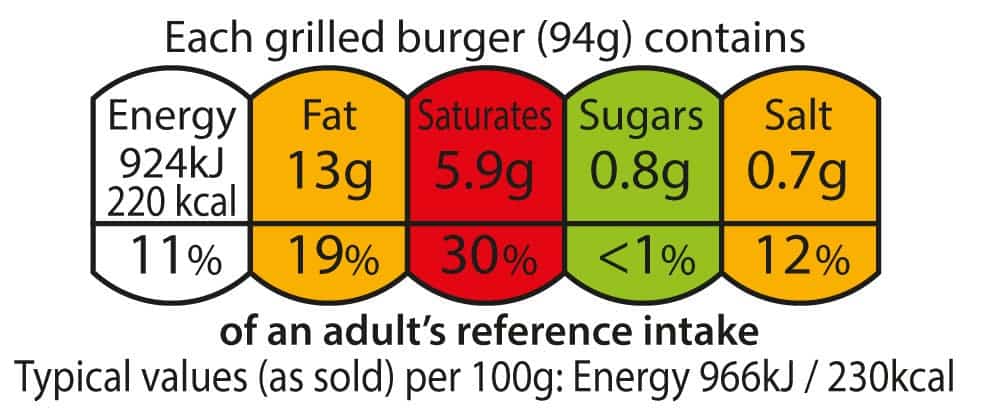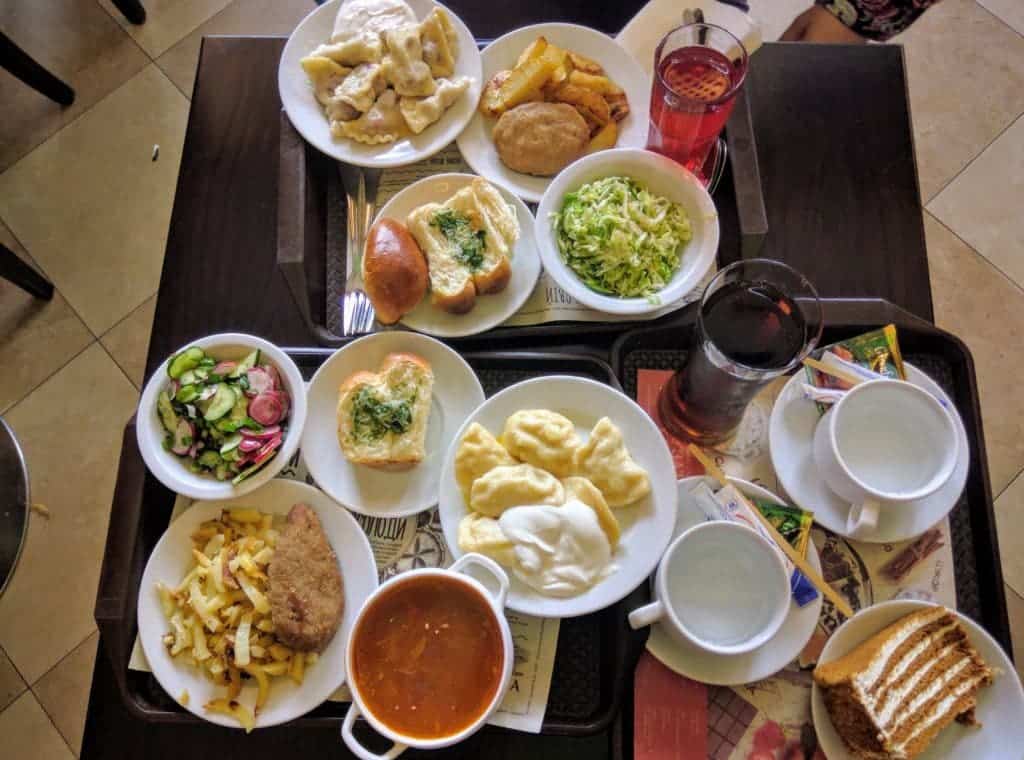In a world struggling to deal with obesity, something as simple as food labels can make a whopping difference.

Food labeling varies greatly throughout the world. In the US, for instance, nutritional labels base calories on the number of servings — whereas European authorities feel like “serving” is too vague of a term, and instead show calories per weight (in grams). Asia and other parts of the world have other approaches. Something which might be universally understandable is color coding.
The basic principle is very simple: if a food product has too much of something (say sugar or saturated fats), color it red. If it’s within a healthy margin, make it green. Actually deciding what those margins are is a different issue, but researchers have suggested that this could be an excellent approach to giving consumers a basic idea about how healthy a certain food is.
In the UK, color coding nutritional information is possible, but not mandatory. Over 80% of people say they look at these labels to make better choices, but a new study suggests that food retailers themselves strive to sell healthier foods when they use color labels.
Dolly Theis and Jean Adams of the University of Cambridge set out to determine whether there were any differences between the nutritional contents of menu items served by popular UK chain restaurants with menu labeling, versus those without color labeling.
Out of the 100 most popular restaurant chains by sales, 42 provided nutritional information online, where researchers drew the information from; 14 restaurants voluntarily labeled their menus. When researchers compared the nutritional stats of the restaurants who labeled vs those who didn’t they found major differences in two key nutritional aspects.
The analysis of over 10,000 menu items found that restaurants with voluntary labeling served food with 45% less fat and 60% less salt.
“We found some restaurant items that hugely exceeded the daily recommended intake for energy, fats, sugar and salt. More than a quarter of UK adults eat meals out at least once a week, so such large or nutritionally-imbalanced portions could contribute to poor dietary intake at a population level,” sais Adams. However, items from both types of restaurants tended to have large portion sizes, and were often nutritionally imbalanced.
Encouraging restaurants to use this type of nutritional labeling could push them towards selling more healthy foods, researchers say. Given that diet is a leading driver of obesity and morbidity, and food from establishments tends to be high in energy and portion size anyway, this could be an important shift.
“Our findings indicate that mandatory menu labelling may lead to reformulation of existing items, or systematic changes in the content of newly introduced dishes,” the study concludes. “Alongside modest changes in purchasing and consumption, mandatory menu labelling has the potential to effect change in the nutritional content of food eaten from out of home sources. Implementation of mandatory menu labelling is required before more robust longitudinal evidence of effect can be generated.”

However, there are also a few important shortcomings to the study. First of all, researchers relied on self-reporting from the restaurants, which may or may not be accurate — without laboratory testing, it’s impossible to tell. Second, the study was carried out in the UK, and it’s not clear just how much the findings would carry to other regions. But the bigger issue lies in another aspect.
Researchers cannot exclude a case of reverse causation — in other words, it might not be the labels that push for healthier food, but restaurants with healthier foods choose to label in the first place. If you know your foods have less fat and salt, you have a major incentive to label that, but if you know your food is on the unhealthy side, then you have the opposite incentive.
Nevertheless, there is good reason to believe that nutritional color coding has substantial advantages.
“This is the first study to look at differences in nutritional content of food from restaurants with and without menu labelling in the UK,” said Dolly Theis from CEDAR and the MRC Epidemiology Unit at Cambridge. “It suggests that on the whole, restaurants that provide information on calories on menus also serve healthier food, in terms of fat and salt levels. As well as providing useful information for customers, mandatory menu labelling could also encourage restaurants to improve the nutritional quality of their menus.”
The study was published in PLoS.









